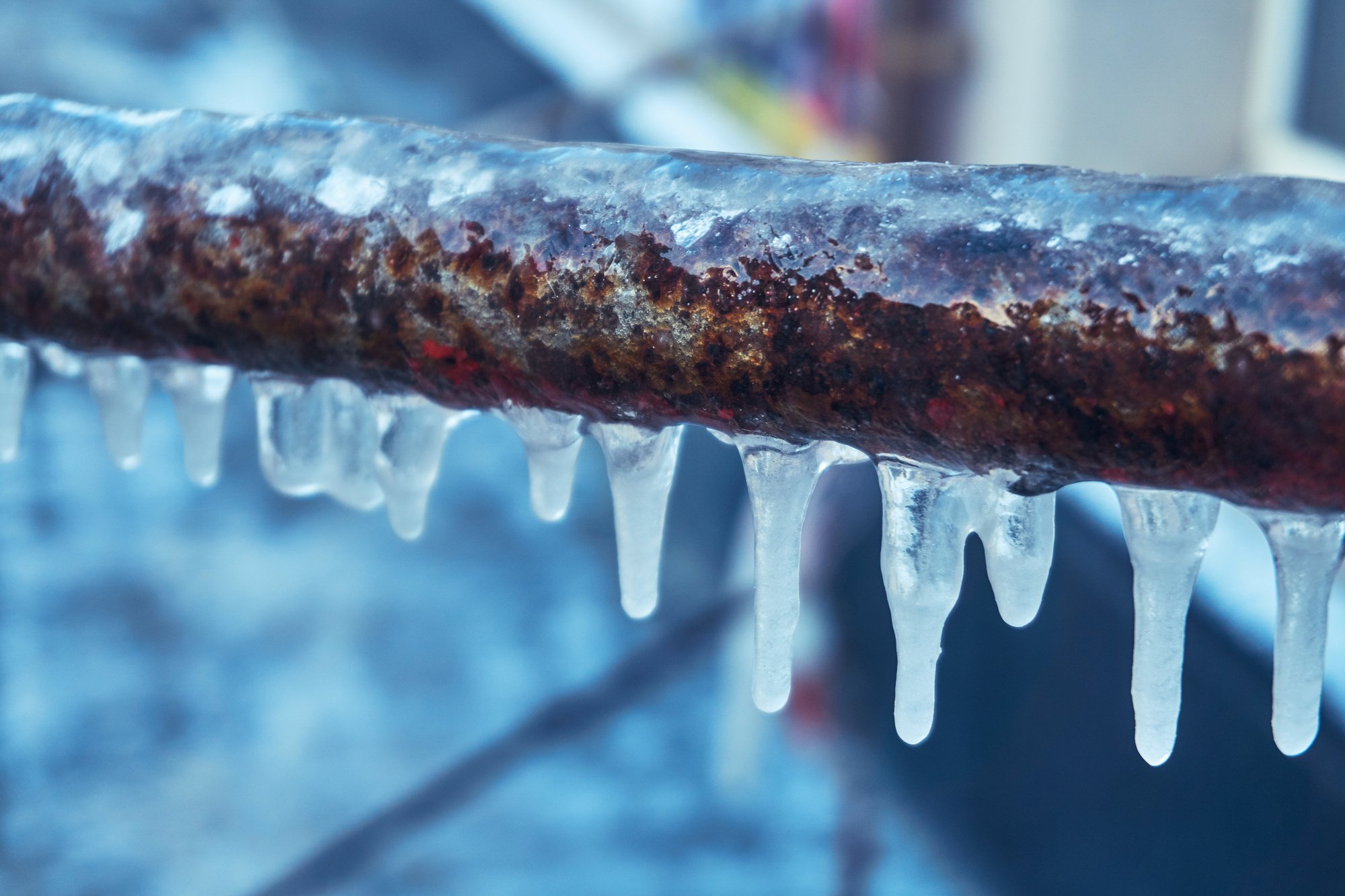Protecting Against Frozen Pipes in Cold Weather: Critical Advice
Protecting Against Frozen Pipes in Cold Weather: Critical Advice
Blog Article
What are your thoughts about Winter Plumbing Precautions: Preventing Frozen Pipes?
:strip_icc()/snow-outdoor-faucet-pipes-4af65d1e5e904fb1aa7bf74071fe5d89.jpg)
Cold weather can wreak havoc on your pipes, specifically by freezing pipelines. Here's how to stop it from occurring and what to do if it does.
Introduction
As temperature levels drop, the threat of icy pipes rises, potentially leading to expensive repair work and water damages. Understanding just how to prevent icy pipes is critical for property owners in cool climates.
Avoidance Tips
Insulating susceptible pipelines
Wrap pipelines in insulation sleeves or use warm tape to secure them from freezing temperatures. Focus on pipes in unheated or outside locations of the home.
Home heating techniques
Keep interior areas sufficiently warmed, specifically locations with pipes. Open up cabinet doors to allow cozy air to flow around pipelines under sinks.
Just how to recognize icy pipelines
Seek lowered water circulation from faucets, unusual odors or sounds from pipelines, and visible frost on exposed pipelines.
Long-Term Solutions
Architectural modifications
Think about rerouting pipes away from outside wall surfaces or unheated areas. Include additional insulation to attics, cellars, and crawl spaces.
Updating insulation
Invest in high-quality insulation for pipelines, attic rooms, and wall surfaces. Proper insulation helps preserve consistent temperatures and decreases the risk of icy pipelines.
Securing Outdoor Plumbing
Yard tubes and exterior faucets
Disconnect and drain garden pipes prior to winter months. Install frost-proof spigots or cover outside taps with shielded caps.
Understanding Frozen Pipelines
What causes pipes to freeze?
Pipes freeze when exposed to temperatures below 32 ° F (0 ° C) for prolonged durations. As water inside the pipes freezes, it broadens, taxing the pipeline wall surfaces and potentially creating them to burst.
Risks and problems
Icy pipes can lead to supply of water disturbances, home damages, and expensive repair services. Ruptured pipelines can flood homes and trigger substantial architectural damage.
Signs of Frozen Pipeline
Recognizing icy pipelines early can avoid them from rupturing.
What to Do If Your Pipes Freeze
Immediate activities to take
If you presume icy pipelines, maintain taps open up to soothe stress as the ice thaws. Make use of a hairdryer or towels taken in hot water to thaw pipes gradually.
Verdict
Protecting against icy pipes needs proactive measures and fast reactions. By recognizing the causes, indications, and safety nets, property owners can protect their pipes during cold weather.
6 Proven Ways to Prevent Frozen Pipes and Protect Your Home
Disconnect and Drain Garden Hoses
Before winter arrives, start by disconnecting your garden hoses and draining any remaining water. Close the shut-off valves that supply outdoor hose bibs and leave the outdoor faucet open to allow any residual water to drain. For extra protection, consider using faucet covers throughout the colder months. It’s also important to drain water from any sprinkler supply lines following the manufacturer’s directions.
Insulate Exposed Pipes
Insulating your pipes is an effective way to prevent freezing. Pipe insulation is readily available at home improvement stores and is relatively inexpensive. Pay close attention to pipes in unheated areas such as the attic, basement, crawl spaces, or garage. Apply foam insulation generously to create a buffer against the cold. You can also wrap your pipes in heat tape or thermostat-controlled heat cables for added warmth.
Seal Air Leaks
Inspect your home for any cracks or openings that could let in cold air. Seal any holes around the piping in interior or exterior walls, as well as the sill plates where your home rests on its foundation. Additionally, make sure to keep your garage door closed unless you’re entering or exiting. Leaving it open creates a significant air leak that can lead to frozen pipes.
Allow Warm Air Circulation
During cold snaps, it’s essential to allow warm air to circulate evenly throughout your home. Leave interior doors ajar to promote better airflow. Open kitchen and bathroom cabinets to help distribute heat consistently around the rooms. If you have small children or pets, be sure to remove any household chemicals or potentially harmful cleaners from open cabinets for safety.
Let Faucets Drip
A small trickle of water can make a big difference in preventing ice formation inside your pipes. When temperatures drop significantly, start a drip of water from all faucets served by exposed pipes. This continuous flow helps prevent the water from freezing. Additionally, running a few faucets slightly can relieve pressure inside the pipes, reducing the chances of a rupture if the water inside does freeze.
https://choateshvac.com/6-proven-ways-to-prevent-frozen-pipes-and-protect-your-home/

Hopefully you liked our excerpt on Prevent Frozen Pipes . Thanks so much for finding the time to browse our article. I beg you take the time to promote this entry if you appreciated it. We appreciate reading our article about Prevent Frozen Pipes .
Get An Estimate Report this page